
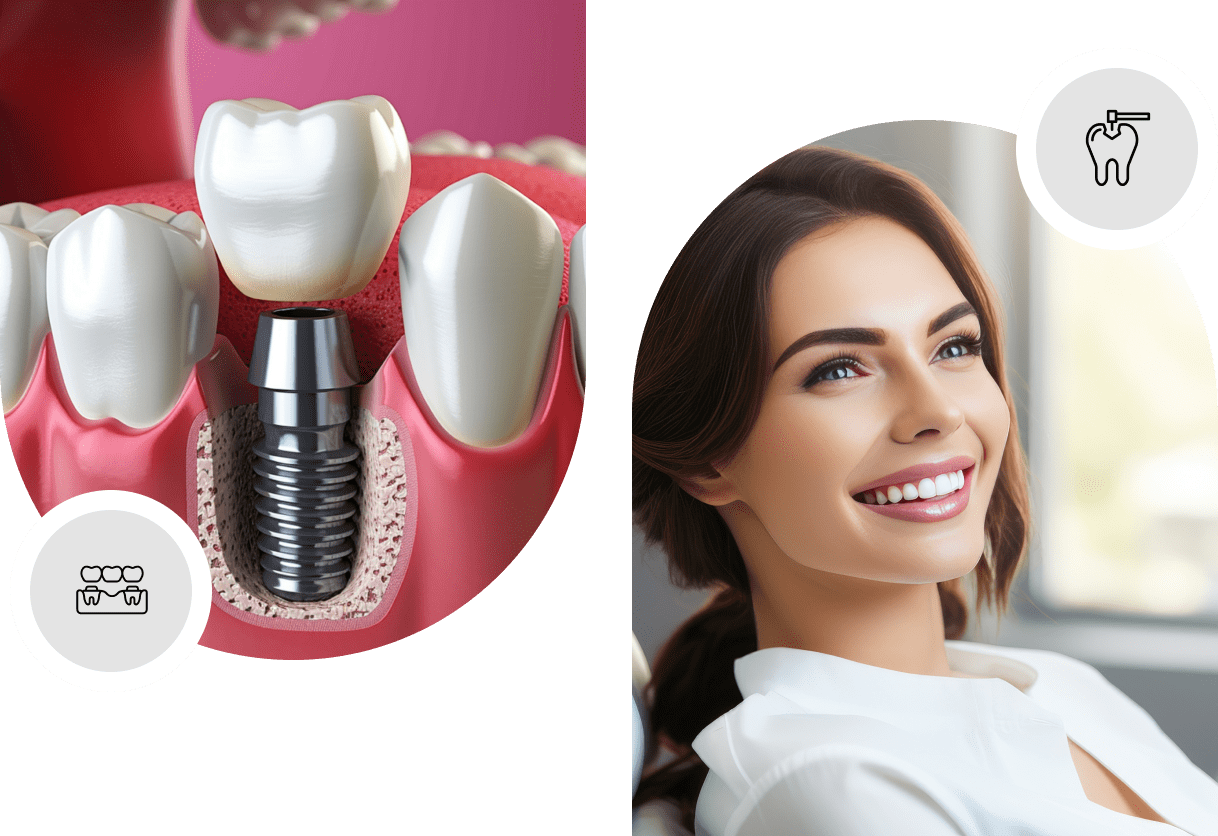
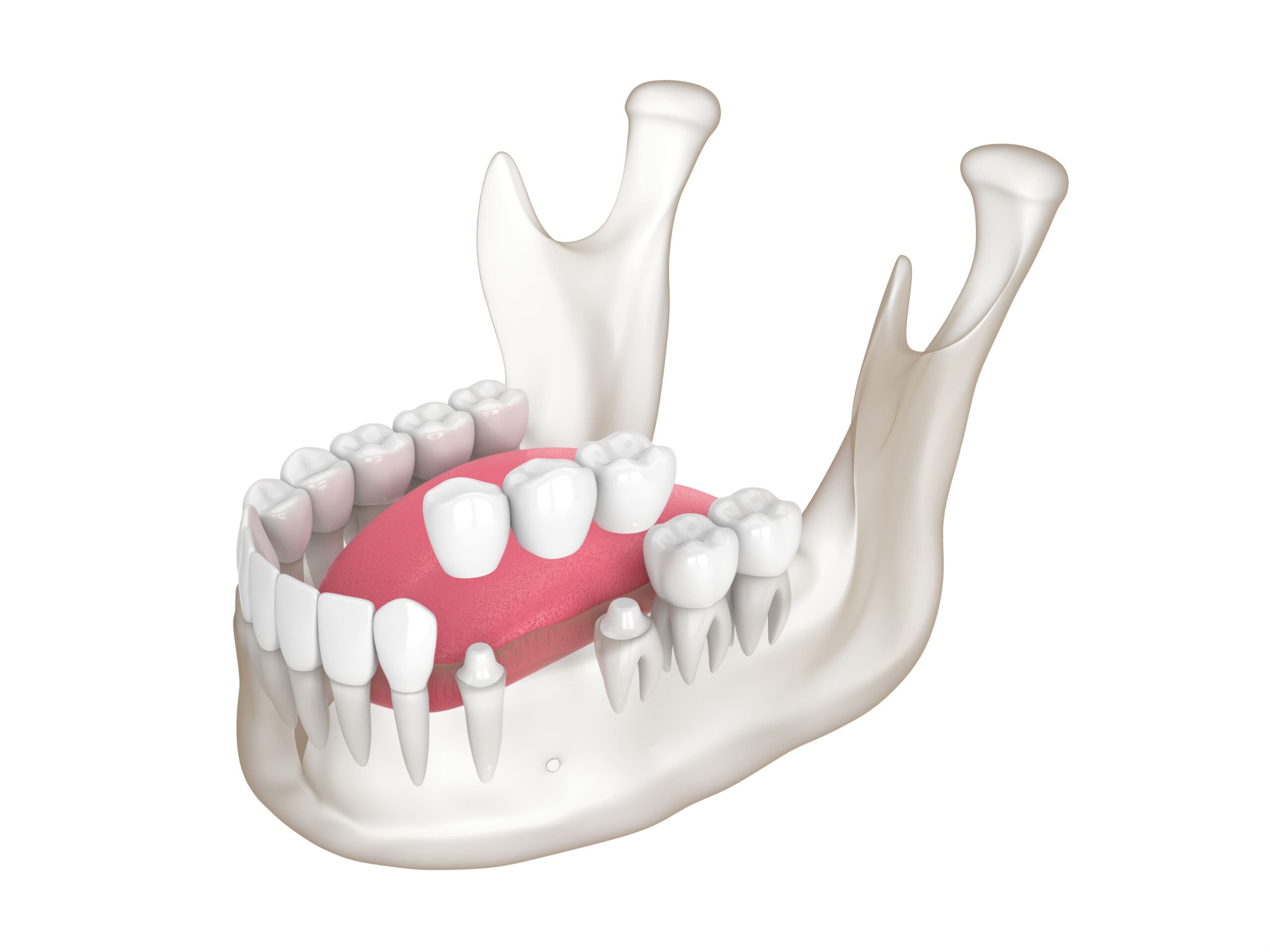
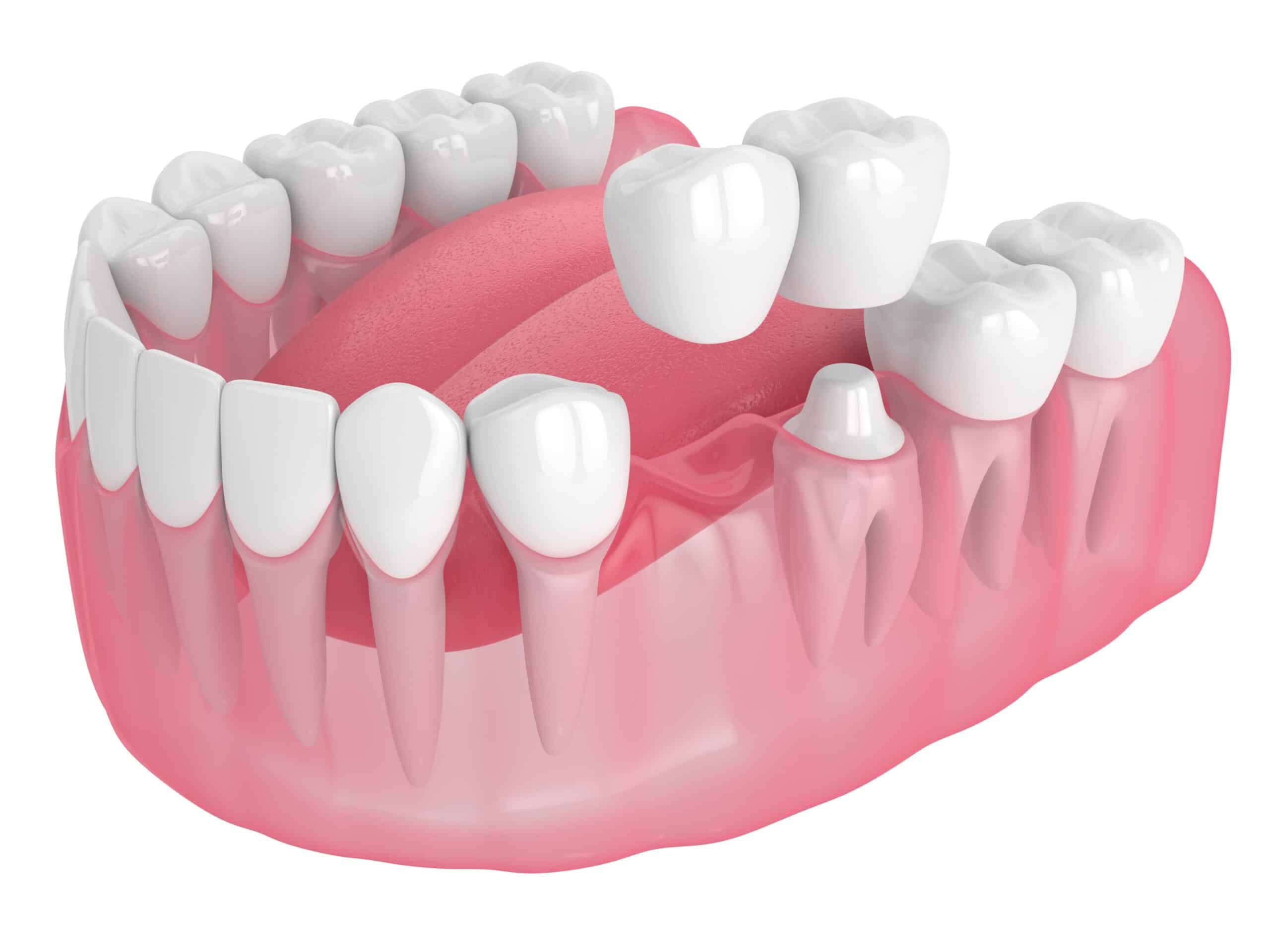
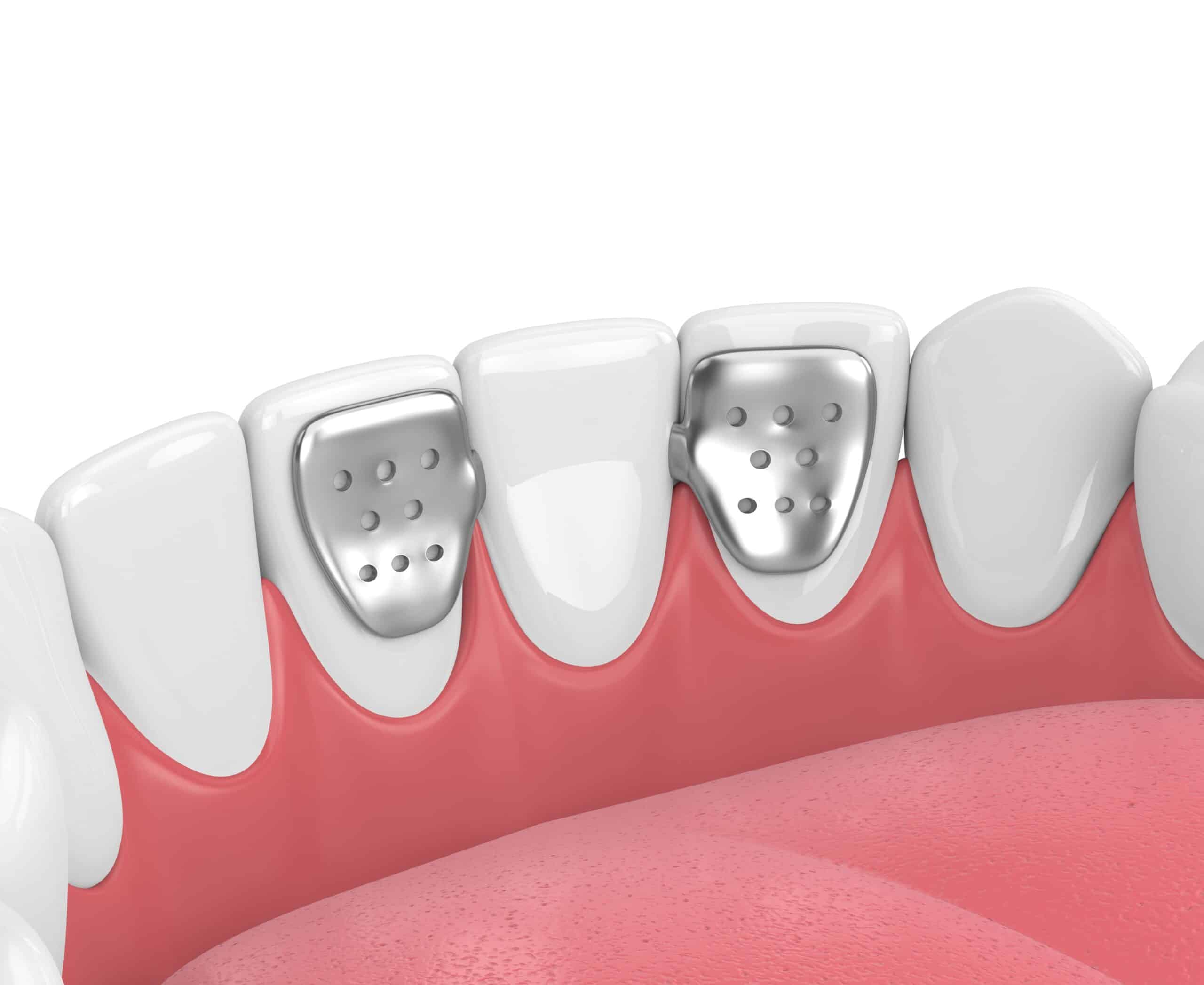
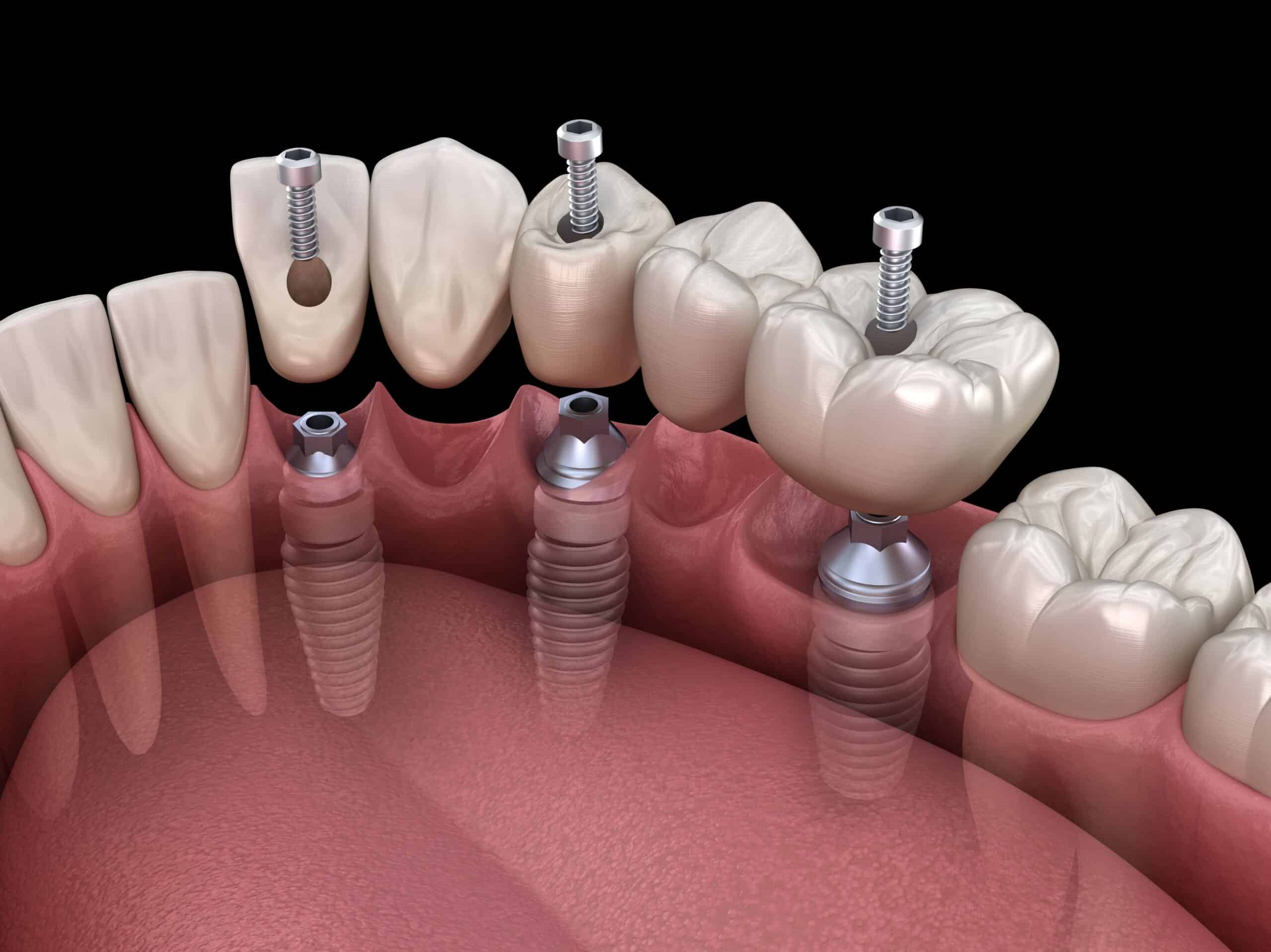


The dentist will give you local anesthesia to relieve any pain or discomfort.

The dentist will look at your abutment teeth to see if they need to be reshaped for crowns or other devices.

Dental impressions will be made.

You will get a temporary bridge that you will wear until the permanent one is ready. In some cases, this takes two to four weeks.
30 minute Dental Cleaning & Polish,
Dental Check-Up and X-Ray